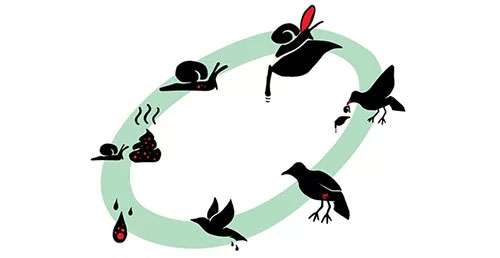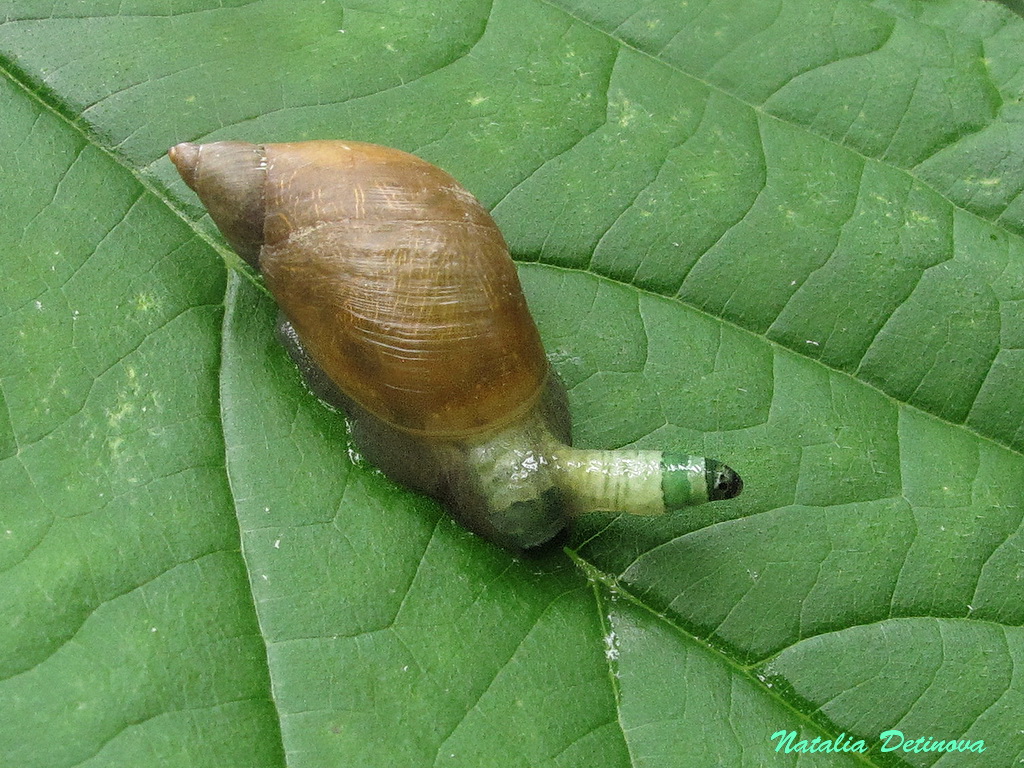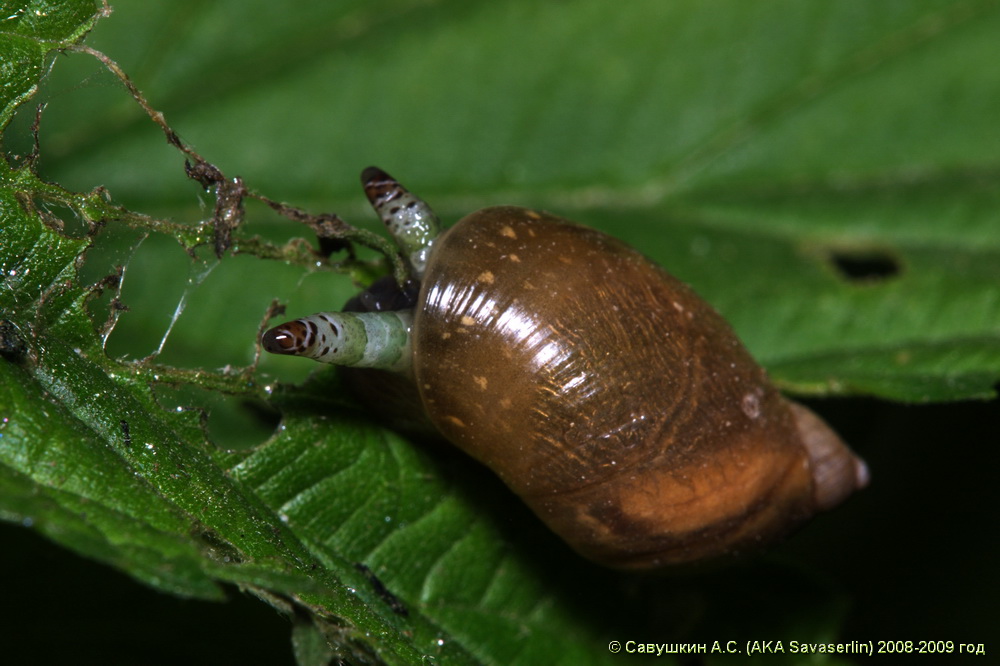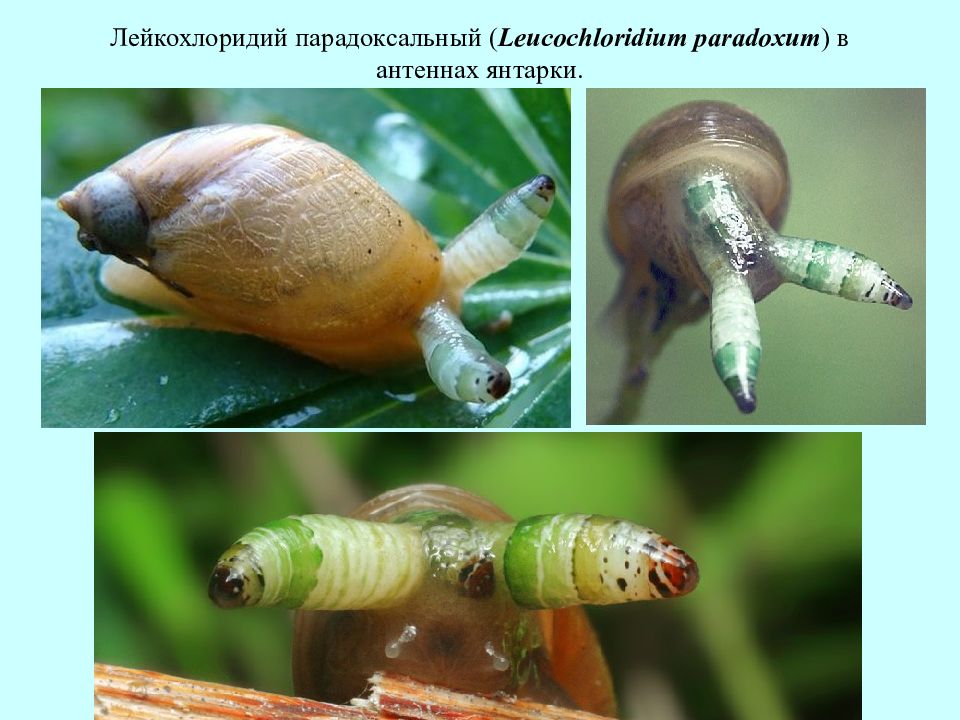Green flatworms parasitize snails, then control the host to crawl out into the open to attract predatory birds.

On August 9, Lin Ruian accidentally encountered a strange snail while walking on a hillside in Changhua District, Taiwan.

Recorded footage shows the animal with large bulging eyes that look like two colorful flashing neon lights.

Green flatworm life cycle. (Photo: Animal Diversity).
According to biologists, the snail was infected with a parasitic helminth with the scientific name Leucochloridium paradoxum, also known as the green flatworm. They have the ability to control the host’s motor neurons, turning the victim into a “zombie”.

Green flatworms enter the snail’s digestive system in the larval stage and continue to develop to the adult stage. Adult individuals then try to crawl up the snail’s eye stalk (tentacle) and continuously wiggle, making the host look more prominent and easier to detect.

Not stopping there, this parasitic worm also controls the snail’s nervous system, causing them to automatically crawl up high tree branches or open locations to attract predatory birds.

When birds eat snails, L. paradoxum continues to parasitize the new host and lay eggs before dying. Worm eggs are then released through the bird’s waste and hatch into larvae. The larvae then find a way to penetrate the snail’s digestive system to continue their life cycle.






